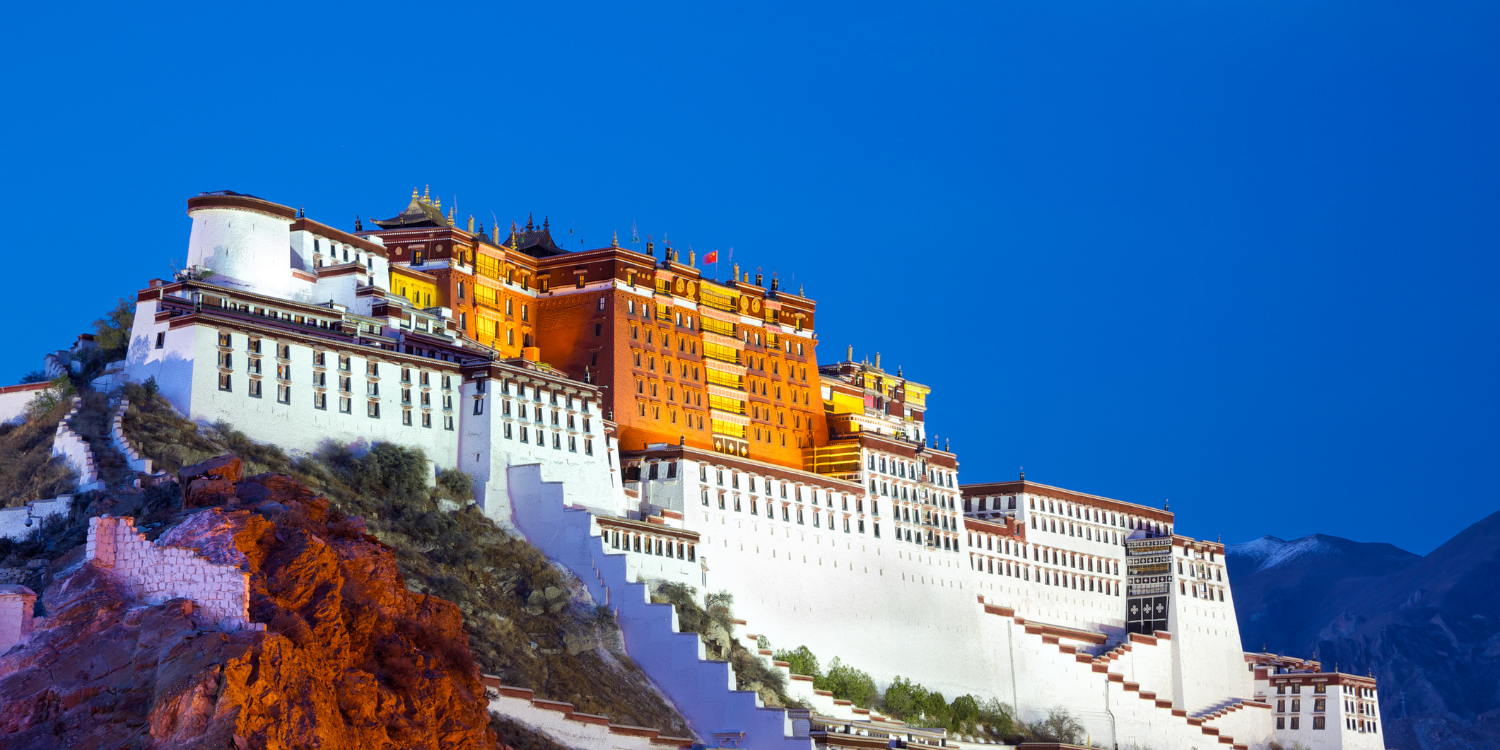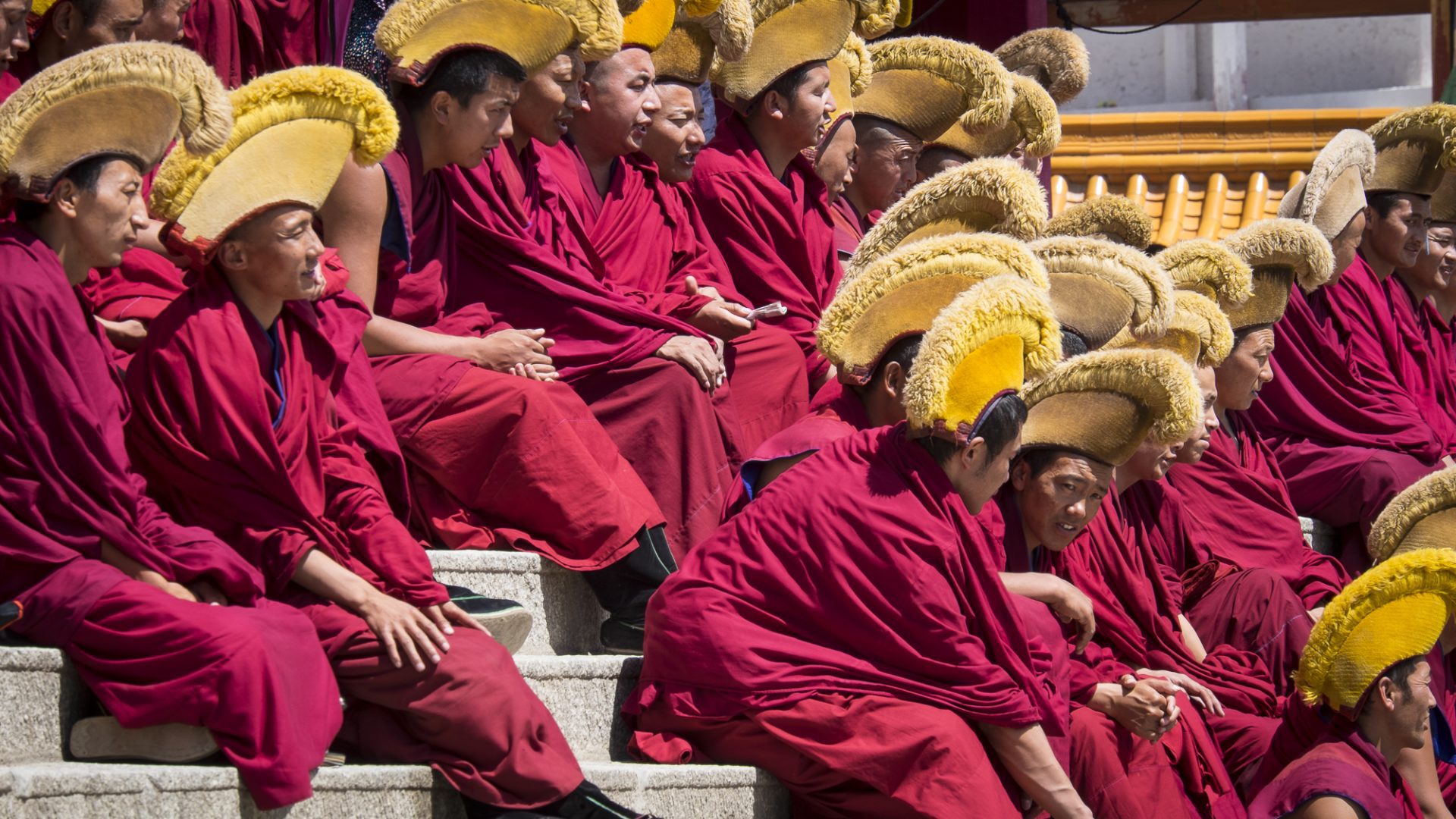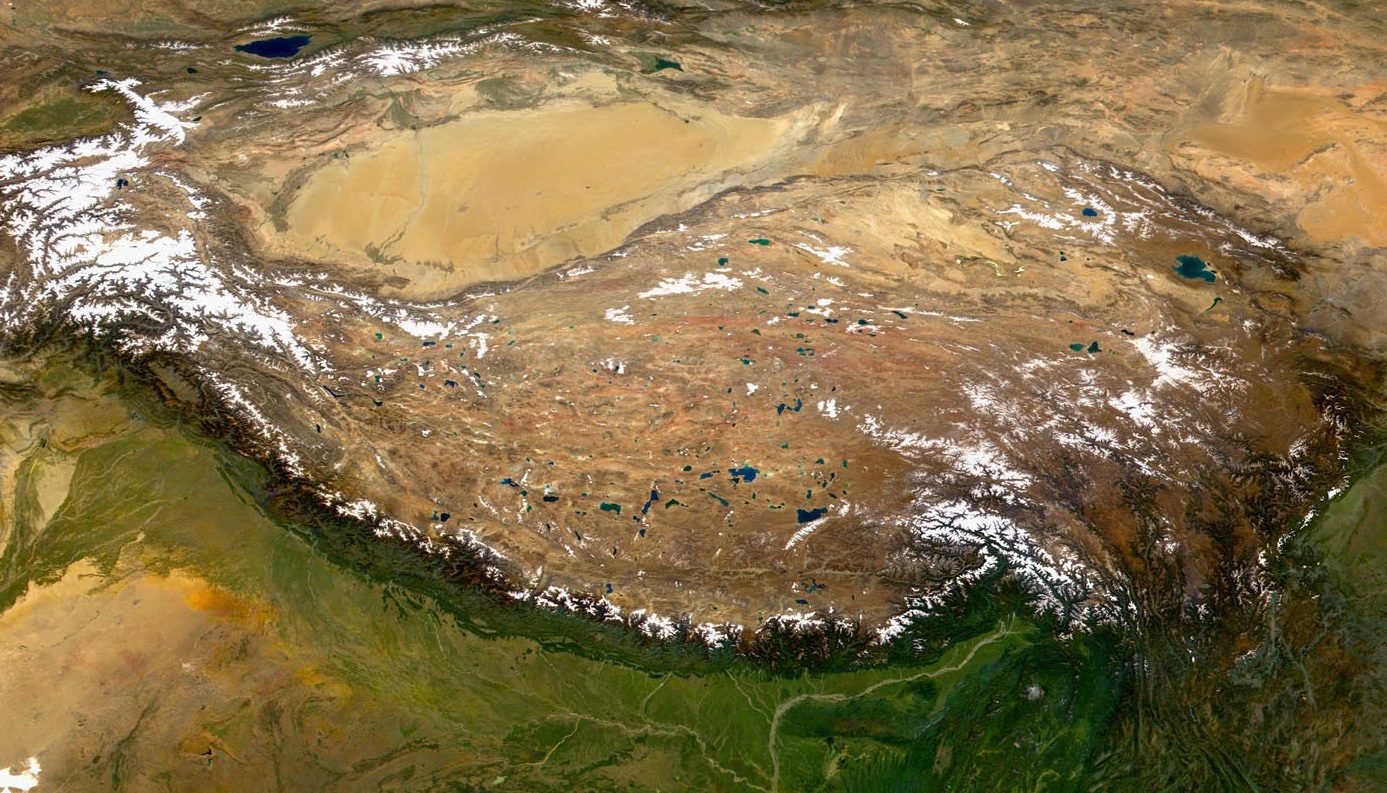
IS TIBET A COUNTRY?
The Chinese government justifies its occupation by claiming that Tibet has been part of China for around 800 years. Its claim is not supported by the facts.


Prior to China’s invasion in 1950, Tibet maintained a unique culture, religion and language for centuries.
Today, this culture is under threat from mass Chinese immigration and the strict control of all expressions of Tibetan culture and national identity.
China boasts of huge investment in Tibet but its economic development is primarily intended to cement its hold on Tibet and enhance its ability to exploit Tibet’s natural resources. Economic development has improved conditions for some Tibetans but overwhelmingly it favours Chinese migrants, continuing to disadvantage Tibetans economically.
Along with other countries around the world, Tibet has changed greatly over the past 70 years. However, Tibetans continue to work to preserve their culture and resist oppressive policies on a daily basis.

Monks sitting at Tashilumpo Monastery, Shigatse. (Photo: Pedro Saraiva)
Tibet has a long and rich history as a nation existing side-by-side with China while political power in Asia shifted between empires and kingdoms. In 1913, the 13th Dalai Lama issued a proclamation reaffirming Tibet’s independence and the country maintained its own national flag, currency, stamps, passports and army.
Following China’s Communist revolution in 1948, it invaded Tibet in 1950. Overwhelmed, Tibet was forced to give up its independence. After a failed uprising against Chinese rule in 1959, the 14th Dalai Lama – Tibet’s political and spiritual leader at the time – fled into exile in India followed by tens of thousands of Tibetans. Since 1959, China’s government has exercised total political control over Tibet, using all the tools of repression to deter and punish Tibetan resistance.

"The Chinese government wants me to say that for many centuries Tibet has been part of China. Even if I make that statement, many people would just laugh. And my statement will not change past history. History is history."– the 14th Dalai Lama

The Chinese government justifies its occupation by claiming that Tibet has been part of China for around 800 years. Its claim is not supported by the facts.

Tibet has a rich history as a nation, existing side-by-side with China for centuries. Browse through our timelines to learn more about Tibet's long history.

Tibet is located to the southwest of China, also bordering India, Nepal, Myanmar and Bhutan. The historical territory of Tibet would make it the world’s 10th largest nation by geographical area.
